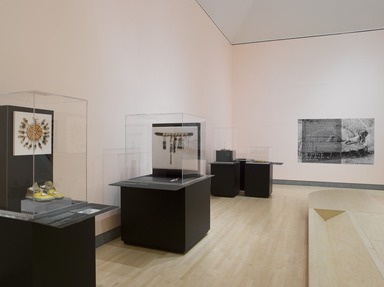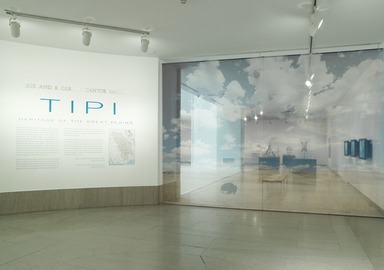

Tipi: Heritage of the Great Plains, February 18, 2011 through May 15, 2011 (Image: DIG_E_2011_Tipi_01_PS4.jpg Brooklyn Museum photograph, 2011)
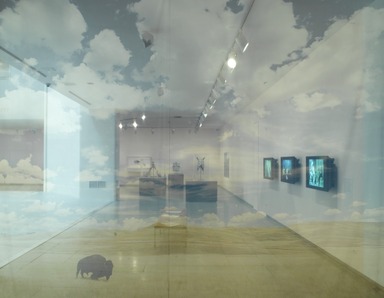
Tipi: Heritage of the Great Plains, February 18, 2011 through May 15, 2011 (Image: DIG_E_2011_Tipi_02_PS4.jpg Brooklyn Museum photograph, 2011)
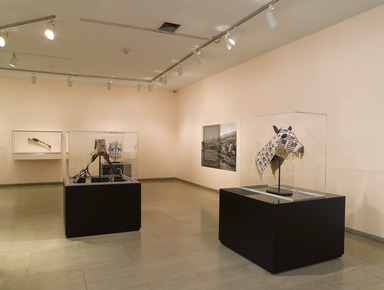
Tipi: Heritage of the Great Plains, February 18, 2011 through May 15, 2011 (Image: DIG_E_2011_Tipi_03_PS4.jpg Brooklyn Museum photograph, 2011)

Tipi: Heritage of the Great Plains, February 18, 2011 through May 15, 2011 (Image: DIG_E_2011_Tipi_04_PS4.jpg Brooklyn Museum photograph, 2011)
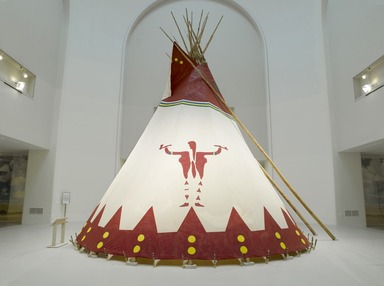
Tipi: Heritage of the Great Plains, February 18, 2011 through May 15, 2011 (Image: DIG_E_2011_Tipi_05_PS4.jpg Brooklyn Museum photograph, 2011)

Tipi: Heritage of the Great Plains, February 18, 2011 through May 15, 2011 (Image: DIG_E_2011_Tipi_06_PS4.jpg Brooklyn Museum photograph, 2011)
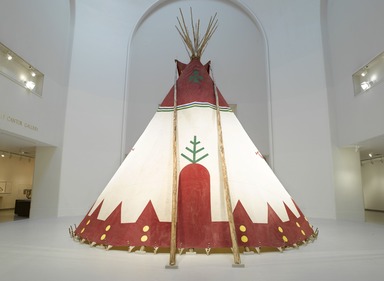
Tipi: Heritage of the Great Plains, February 18, 2011 through May 15, 2011 (Image: DIG_E_2011_Tipi_07_PS4.jpg Brooklyn Museum photograph, 2011)

Tipi: Heritage of the Great Plains, February 18, 2011 through May 15, 2011 (Image: DIG_E_2011_Tipi_08_PS4.jpg Brooklyn Museum photograph, 2011)
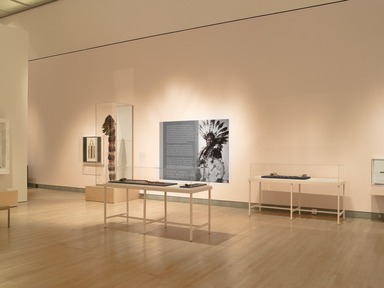
Tipi: Heritage of the Great Plains, February 18, 2011 through May 15, 2011 (Image: DIG_E_2011_Tipi_09_PS4.jpg Brooklyn Museum photograph, 2011)

Tipi: Heritage of the Great Plains, February 18, 2011 through May 15, 2011 (Image: DIG_E_2011_Tipi_10_PS4.jpg Brooklyn Museum photograph, 2011)
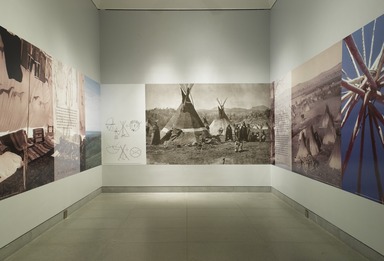
Tipi: Heritage of the Great Plains, February 18, 2011 through May 15, 2011 (Image: DIG_E_2011_Tipi_11_PS4.jpg Brooklyn Museum photograph, 2011)
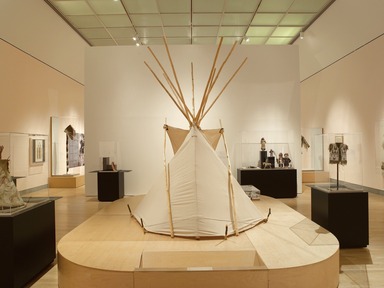
Tipi: Heritage of the Great Plains, February 18, 2011 through May 15, 2011 (Image: DIG_E_2011_Tipi_12_PS4.jpg Brooklyn Museum photograph, 2011)
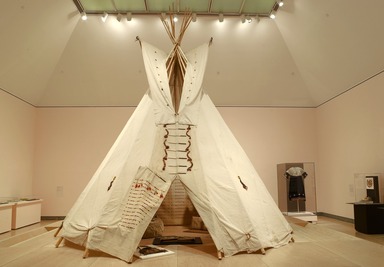
Tipi: Heritage of the Great Plains, February 18, 2011 through May 15, 2011 (Image: DIG_E_2011_Tipi_13_PS4.jpg Brooklyn Museum photograph, 2011)

Tipi: Heritage of the Great Plains, February 18, 2011 through May 15, 2011 (Image: DIG_E_2011_Tipi_14_PS4.jpg Brooklyn Museum photograph, 2011)

Tipi: Heritage of the Great Plains, February 18, 2011 through May 15, 2011 (Image: DIG_E_2011_Tipi_15_PS4.jpg Brooklyn Museum photograph, 2011)
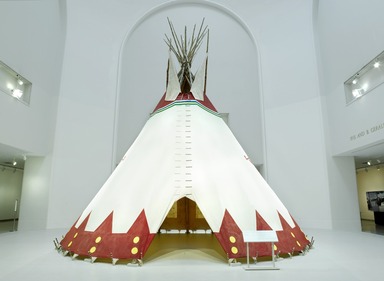
Tipi: Heritage of the Great Plains, February 18, 2011 through May 15, 2011 (Image: DIG_E_2011_Tipi_16_PS4.jpg Brooklyn Museum photograph, 2011)

Tipi: Heritage of the Great Plains, February 18, 2011 through May 15, 2011 (Image: DIG_E_2011_Tipi_17_PS4.jpg Brooklyn Museum photograph, 2011)

Tipi: Heritage of the Great Plains, February 18, 2011 through May 15, 2011 (Image: DIG_E_2011_Tipi_18_PS4.jpg Brooklyn Museum photograph, 2011)
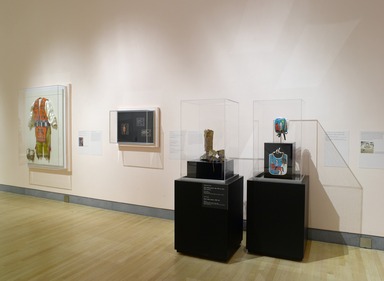
Tipi: Heritage of the Great Plains, February 18, 2011 through May 15, 2011 (Image: DIG_E_2011_Tipi_19_PS4.jpg Brooklyn Museum photograph, 2011)
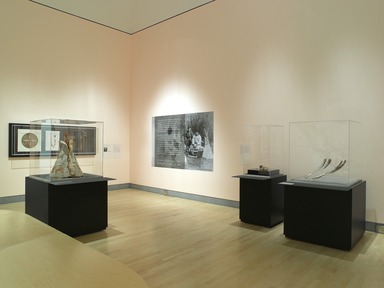
Tipi: Heritage of the Great Plains, February 18, 2011 through May 15, 2011 (Image: DIG_E_2011_Tipi_20_PS4.jpg Brooklyn Museum photograph, 2011)

Tipi: Heritage of the Great Plains, February 18, 2011 through May 15, 2011 (Image: DIG_E_2011_Tipi_21_PS4.jpg Brooklyn Museum photograph, 2011)
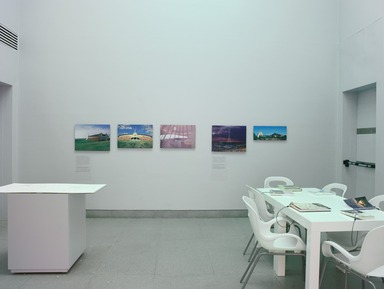
Tipi: Heritage of the Great Plains, February 18, 2011 through May 15, 2011 (Image: DIG_E_2011_Tipi_22_PS4.jpg Brooklyn Museum photograph, 2011)

Tipi: Heritage of the Great Plains, February 18, 2011 through May 15, 2011 (Image: DIG_E_2011_Tipi_23_PS4.jpg Brooklyn Museum photograph, 2011)
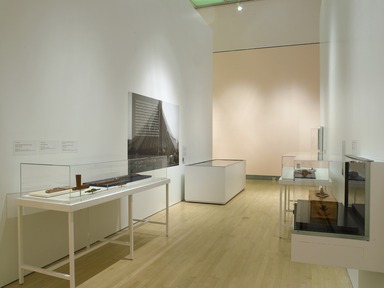
Tipi: Heritage of the Great Plains, February 18, 2011 through May 15, 2011 (Image: DIG_E_2011_Tipi_24_PS4.jpg Brooklyn Museum photograph, 2011)

Tipi: Heritage of the Great Plains, February 18, 2011 through May 15, 2011 (Image: DIG_E_2011_Tipi_25_PS4.jpg Brooklyn Museum photograph, 2011)
Tipi: Heritage of the Great Plains
-
October 1, 2010
Tipi: Heritage of the Great Plains focuses on the tipi as the center of Plains culture and social, religious, and creative traditions from the early nineteenth century to the present. The exhibition examines the tipi as an architectural form, an expression of Plains artistic and cultural identity, and an interior space for domestic and ritual use. On view from February 18 through May 15, 2011, the exhibition features more than 160 objects from the Brooklyn Museum’s collection of Plains material, as well as selected works from other museums; objects by contemporary Plains artists; and three full-size tipis, two with furnished interiors.
Tipi: Heritage of the Great Plains has been organized by a collaborative team of Native and non-Native curators, scholars, and artists. Nancy B. Rosoff, Andrew W. Mellon Curator, Arts of the Americas, and Susan Kennedy Zeller, Ph.D., Associate Curator, Native American Art, led the collaborative team that organized the exhibition. Tipi: Heritage of the Great Plains, which will travel to three additional venues, is accompanied by a catalogue published by the Brooklyn Museum in association with the University of Washington Press.
The exhibition is sponsored by American Express. Generous support is provided by the National Endowment for the Humanities, the National Endowment for the Arts, the Barbara and Richard Debs Foundation, and the Bay and Paul Foundations.
Tipi: Heritage of the Great Plains includes objects from a large number of tribes from the Northern, Central, and Southern Plains: the Blackfeet, Crow, Arapaho, Lakota, Osage, Kiowa, Southern Cheyenne, among others. Organized thematically, it focuses on five key objects—four tipis and a tipi liner—to present common links among the many diverse peoples of the Great Plains. Themes explored are the role of women, who were the owners of the tipi and makers of the tipi itself as well the furnishings, clothing, and accessories kept within it; the traditional role of men as warriors, whose military exploits are depicted on tipi covers and liners; and the tipi as the center of childhood and family life.
One of the exhibition’s focal points is a large Blackfeet painted tipi created by Blackfeet artist Lyle J. Heavy Runner for the Brooklyn Museum. The tipi is decorated with a Bleeding Buffalo Skull design that was given to Heavy Runner by the late Robert L. Crawford, who in turn had received it from his grandparents. The right to paint specific designs is passed down from generation to generation through ceremony. This tipi will soar twenty-five feet high, and visitors will be encouraged to enter it to experience firsthand what a tipi looks like from the inside.
Another featured object, the Brooklyn Museum’s Rain-in-the-Face Painted Tipi Liner, is an illustrated narrative painted in 1889 by the Húnkpapa Lakota warrior Rain-in-the-Face. A tipi liner is a large sheet of hide or muslin (as in this example) that is hung around the inner tipi wall and records a warrior’s military exploits. The Rain-in-the-Face liner, a rare example from earlier Reservation times (1880–1920), is also important because it was not commissioned by a non-Native patron but instead reflects the warrior-artist’s personal choices of significant events. A full-sized replica of a Lakota buffalo-hide tipi created by Ken Woody (Mohawk) is an example of the tipis used by Plains people during the pre-Reservation era (before 1860). Measuring ten feet in diameter, this featured object was created using eight to ten buffalo hides and could comfortably fit a small family. Its furnishings include a buffalo-hide robe, a willow backrest, storage bags, and weapons.
Another highlighted object is a Southern Cheyenne canvas tipi from the Milwaukee Public Museum dating to about 1904, which is rimmed by a beaded liner and decorated with matching backrests and pillows. The tipi is decorated with beaded horizontal lines and circular medallions in the sacred Southern Cheyenne colors of yellow, red, blue, and black; the medallions represent the sun, stars and four earthly directions. Finally, the exhibition features a Crow child’s play tipi, surrounded by dolls, toys, and games as well as exquisite cradles and clothing.
In addition to historical and contemporary objects, the exhibition will include two sections of photographs, one featuring contemporary Plains family and community life, and the other presenting photographs of contemporary Native American architecture inspired by the tipi form.
Press Area of Website
View Original -
February 18, 2011
Tipi: Heritage of the Great Plains focuses on the tipi as the center of Plains culture and social, religious, and creative traditions from the early nineteenth century to the present. The exhibition examines the tipi as an architectural form, an expression of Plains artistic and cultural identity, and an interior space for domestic and ritual use. On view from February 18 through May 15, 2011, the exhibition features more than 160 objects from the Brooklyn Museum’s collection of Plains material, as well as selected works from other museums; objects by contemporary Plains artists; and three full-size tipis, two with furnished interiors.
Tipi: Heritage of the Great Plains has been organized by a collaborative team of Native and non-Native curators, scholars, and artists. Nancy B. Rosoff, Andrew W. Mellon Curator, Arts of the Americas, and Susan Kennedy Zeller, Ph.D., Associate Curator, Native American Art, led the collaborative team that organized the exhibition. Tipi: Heritage of the Great Plains is accompanied by a catalogue published by the Brooklyn Museum in association with the University of Washington Press.
The exhibition is sponsored by American Express. Generous support is provided by the Barbara and Richard Debs Exhibition Fund, Mr. and Mrs. Henry Christensen III, the National Endowment for the Humanities, the National Endowment for the Arts, and the Bay and Paul Foundations.
Tipi: Heritage of the Great Plains includes objects from a large number of tribes from the Northern, Central, and Southern Plains: the Blackfeet, Crow, Arapaho, Lakota, Osage, Kiowa, and Southern Cheyenne, among others. Organized thematically, it focuses on five key objects—four tipis and a tipi liner—to present common links among the many diverse peoples of the Great Plains. Themes explored are the role of women, who were the owners of the tipi and the makers of the tipi itself, as well as the furnishings, clothing, and accessories kept within it; the traditional role of men as warriors, whose military exploits are depicted on tipi covers and liners; and the tipi as the center of childhood and family life.
One of the exhibition’s focal points is a large Blackfeet painted tipi created by Blackfeet artist Lyle J. Heavy Runner for the Brooklyn Museum. The tipi is decorated with a Bleeding Buffalo Skull design that was given to Heavy Runner by the late Robert L. Crawford, who in turn had received it from his grandparents. The right to paint specific designs is passed down from generation to generation through ceremony. This tipi will soar twenty-five feet high, and visitors will be encouraged to enter it to experience firsthand what a tipi looks like from the inside.
Another featured object, Tipi Liner, is an illustrated narrative painted in 1889 by the Húnkpapa Lakota warrior Rain-in-the-Face. A tipi liner is a large sheet of hide or muslin (as in this example) that is hung around the inner tipi wall and records a warrior’s military exploits. The Rain-in-the-Face liner, a rare example from earlier Reservation times (1880–1920), is also important because it was not commissioned by a non-Native patron but instead reflects the warrior-artist’s personal choices of significant events. A full-sized replica of a Lakota buffalo-hide tipi created by Ken Woody (Mohawk) is an example of the tipis used by Plains people during the pre-Reservation era (before 1860). Measuring ten feet in diameter, this featured object was created using eight to ten buffalo hides and could comfortably fit a small family. Its furnishings include a buffalo-hide robe, a willow backrest, storage bags, and weapons.
Another highlighted object is a Southern Cheyenne canvas tipi from the Milwaukee Public Museum dating to about 1904, which is rimmed by a beaded liner and decorated with matching backrests and pillows. The tipi is decorated with beaded horizontal lines and circular medallions in the sacred Southern Cheyenne colors of yellow, red, blue, and black; the medallions represent the sun, stars, and four earthly directions. Finally, the exhibition features a Crow child’s play tipi, surrounded by dolls, toys, and games as well as exquisite cradles and clothing.
In addition to historic and contemporary objects, the exhibition will include two sections of photographs, one featuring contemporary Plains family and community life, and the other presenting photographs of contemporary Native American architecture inspired by the tipi form.
Press Area of Website
View Original
